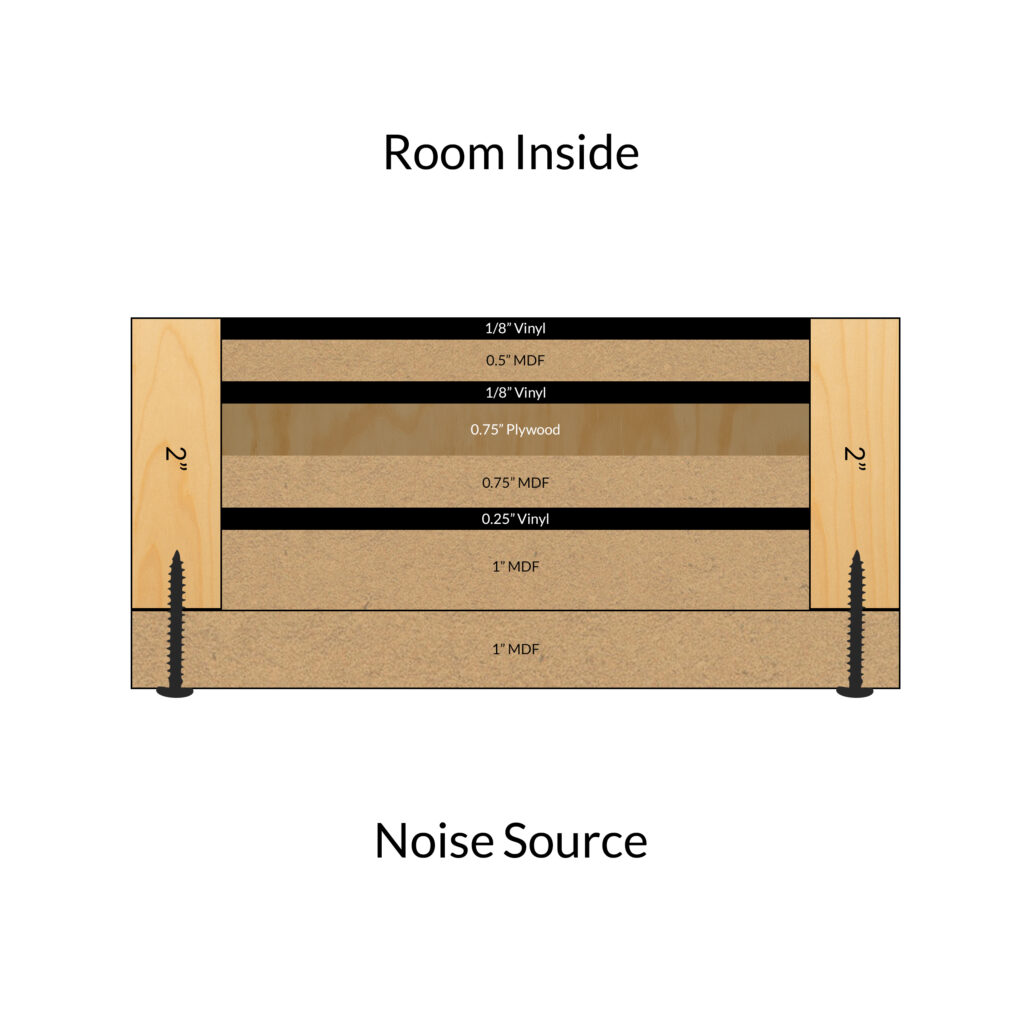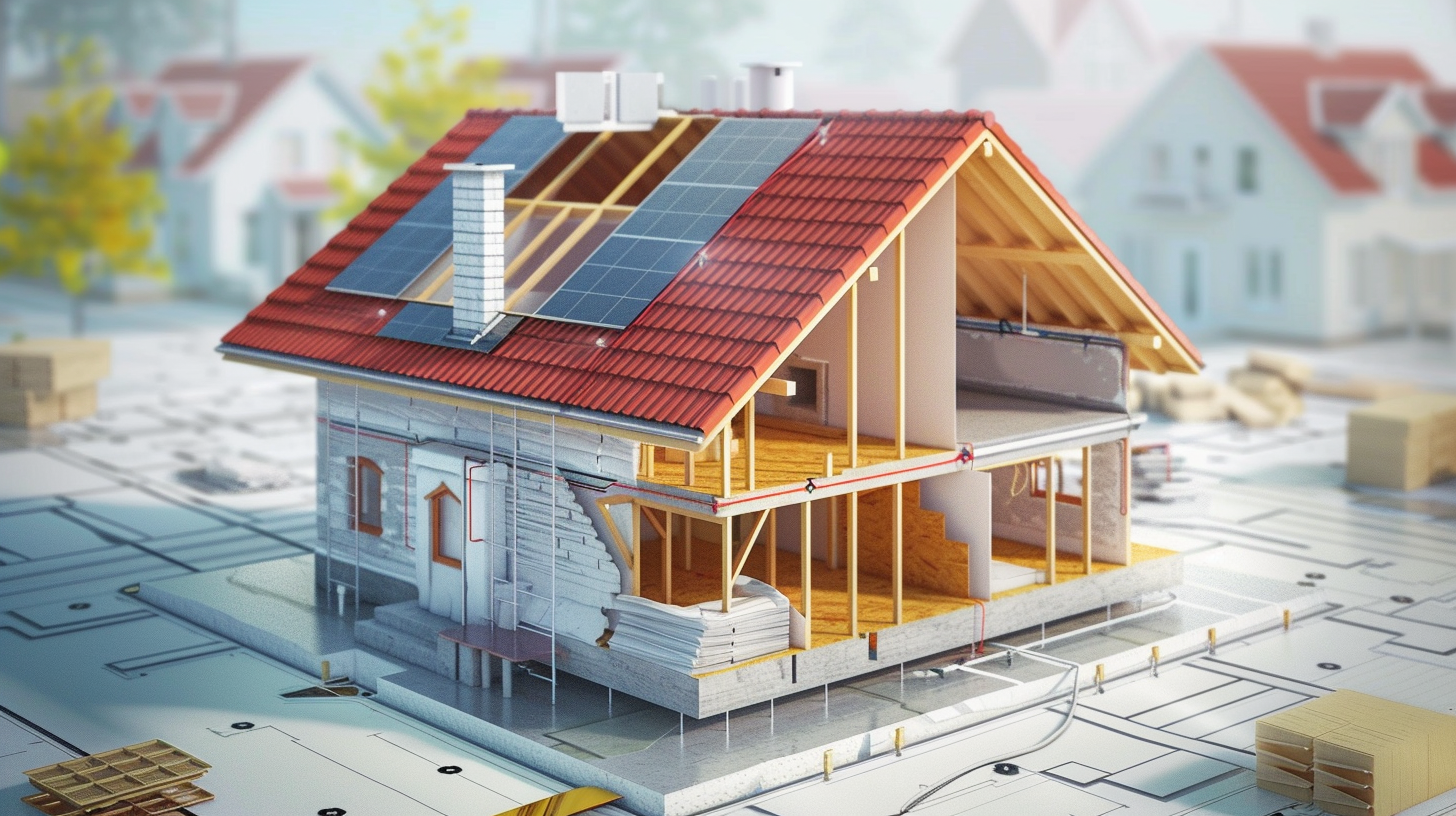
Table of Contents
Debunking the Myth: The Misconception of Insulation for Soundproofing
Insulation for soundproofing is a mixture of two words that should never be joined together. The search term insulation for soundproofing takes two words insulation and soundproofing and as the name implies, one helps the other. This is not only a half truth it is a complete falsehood. Building insulation is not a material type used for noise transmission barrier designs. Searching for the term insulation for soundproofing implies that there is such a thing as sound proofing. There is not.
With noise transmission nothing is “proofed”. There are no absolutes when it comes to noise. Noise is managed, not proofed. All noise issues must be measured for frequency and amplitude. With noise, you don’t want to spend one dollar more than you have to. Guessing with noise is foolish and expensive due the high error rate with designs that are not based on frequency and amplitude noise numbers.

The Importance of Precise Noise Measurement in Soundproofing
The search term insulation for soundproofing does not take into consideration the frequency or amplitude (strength) of the noise. Every material type that is used or is considered being used has a particular frequency that it works at and then for other frequencies nothing. This is why it is critical to measure all noise over a seven day time period in order to get a complete picture of the maximum and minimum pressure days.
Some days the noise might be louder than other days. It may be at a lower frequency. Noise energy below 125 hz. is much more difficult and expensive to stop than noise above 125 hz, where human voice exists. At Acoustic Fields, we have a process where we can help you measure your noise numbers over a week and record the data on our online form.

Utilizing Technology for Accurate Noise Assessments
At Acoustic Fields, we have apps that we send you. You download the apps to your phone. You will use your phone as a noise measuring tool. You will take one noise measurement during the quietest part of each day for a week time period. You will take a noise reading during the loudest part of each day. You will take frequency and amplitude numbers over the week period.
You will record your findings on our online data sheet and then send it to us. We will analyze your data and then design the barrier you will need to attenuate your noise issues. We will send you a drawing showing what structure to build along with a material list. You can build the barrier yourself or give the drawings to a contractor for bid.

Practical Steps in Building Effective Noise Barriers
With noise issues you must use a permanent construction fix. There are no wall hanging panels that will stop noise. With noise you do not want to guess and you also don’t want to spend one dollar more than you have to to mitigate the issue. Let’s use a drum room in a crowded neighborhood. The drum noise travels 350 yards so neighbors are disturbed.
We measure the neighborhood noise. We design our barrier so any noise that comes out of the drum room will fall below the noise levels in the neighborhood. With this approach, we spend just enough to fall below the neighborhood noise radar so we are not heard as anything other than normal neighborhood noise. We want to lower our noise output so it falls below the noise in the neighborhood.

Thermal Insulation vs. Noise Control: Clearing the Confusion
Building insulation is for thermal conductivity. OIt is designed to keep your room warm or cool. It is for climate control. It can not be used as insulation for soundproofing. With any noise issue, you must build a barrier and place it between you as the listener and the source of the noise. You must use a permanent construction fix.
There are no wall hanging panels that will attenuate noise transmission. Every material in the barrier design is based upon the frequency and amplitude of the noise issue. This is why you must measure the noise for its frequency and amplitude and use the correct materials with their associated densities to use inside the barrier.







